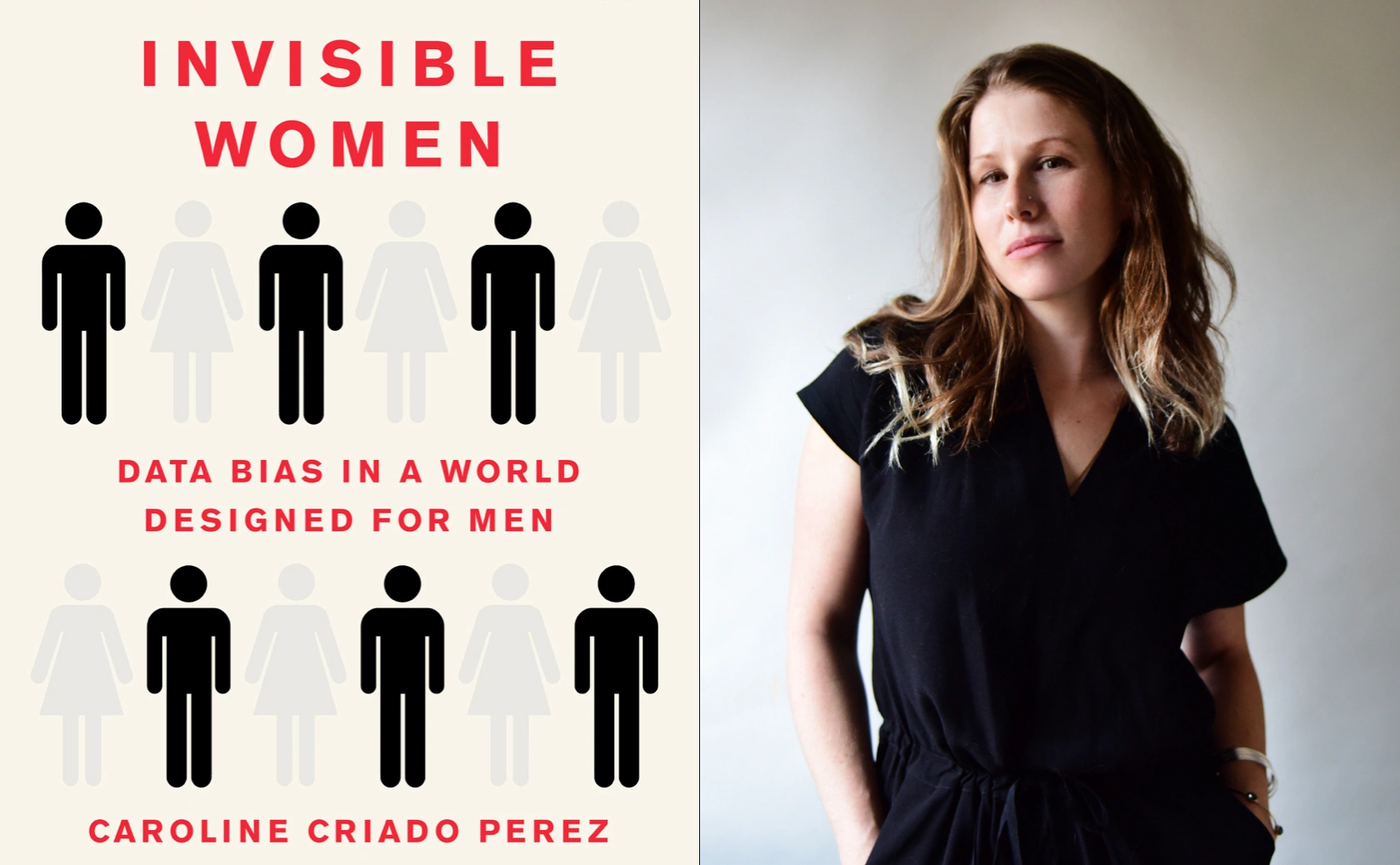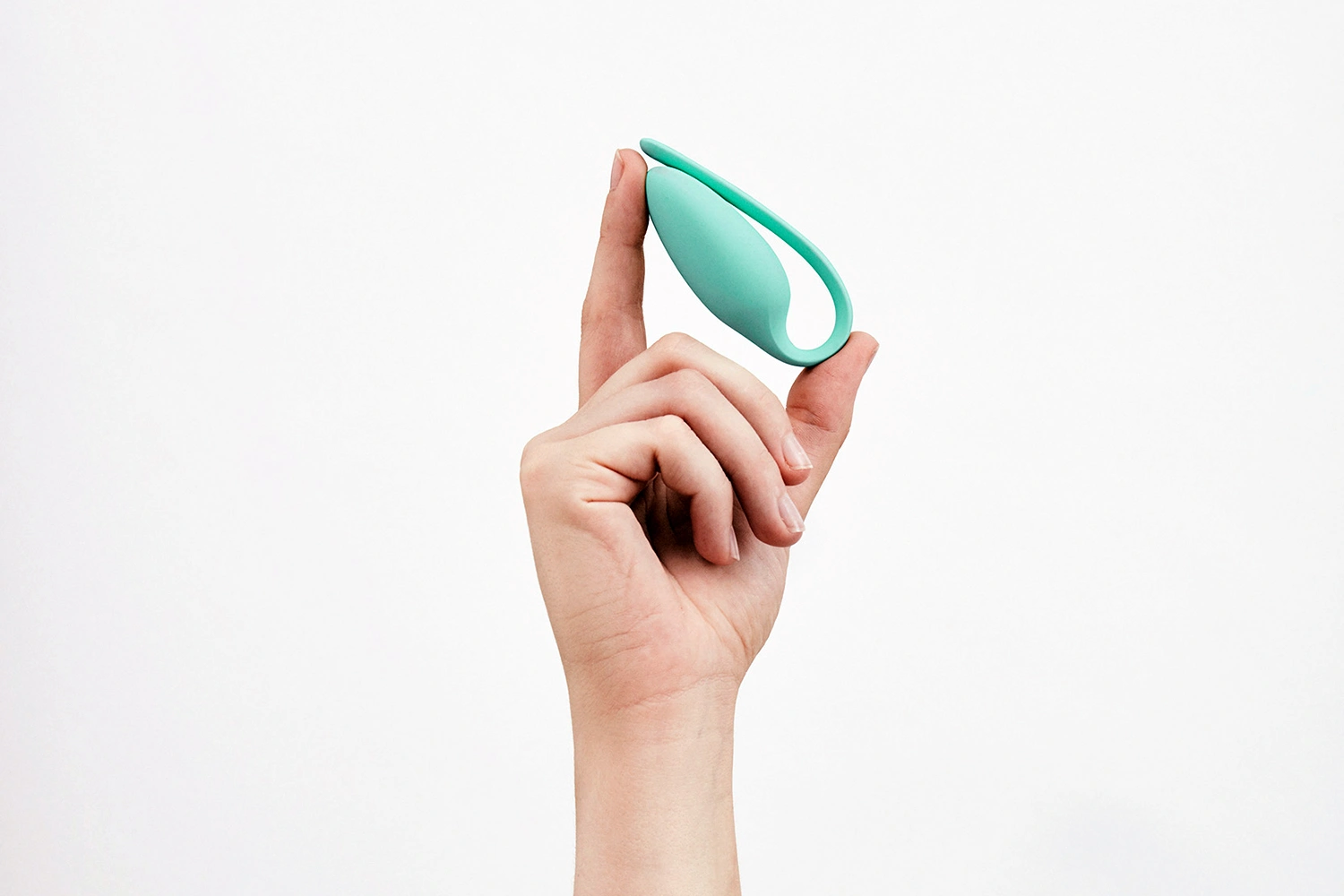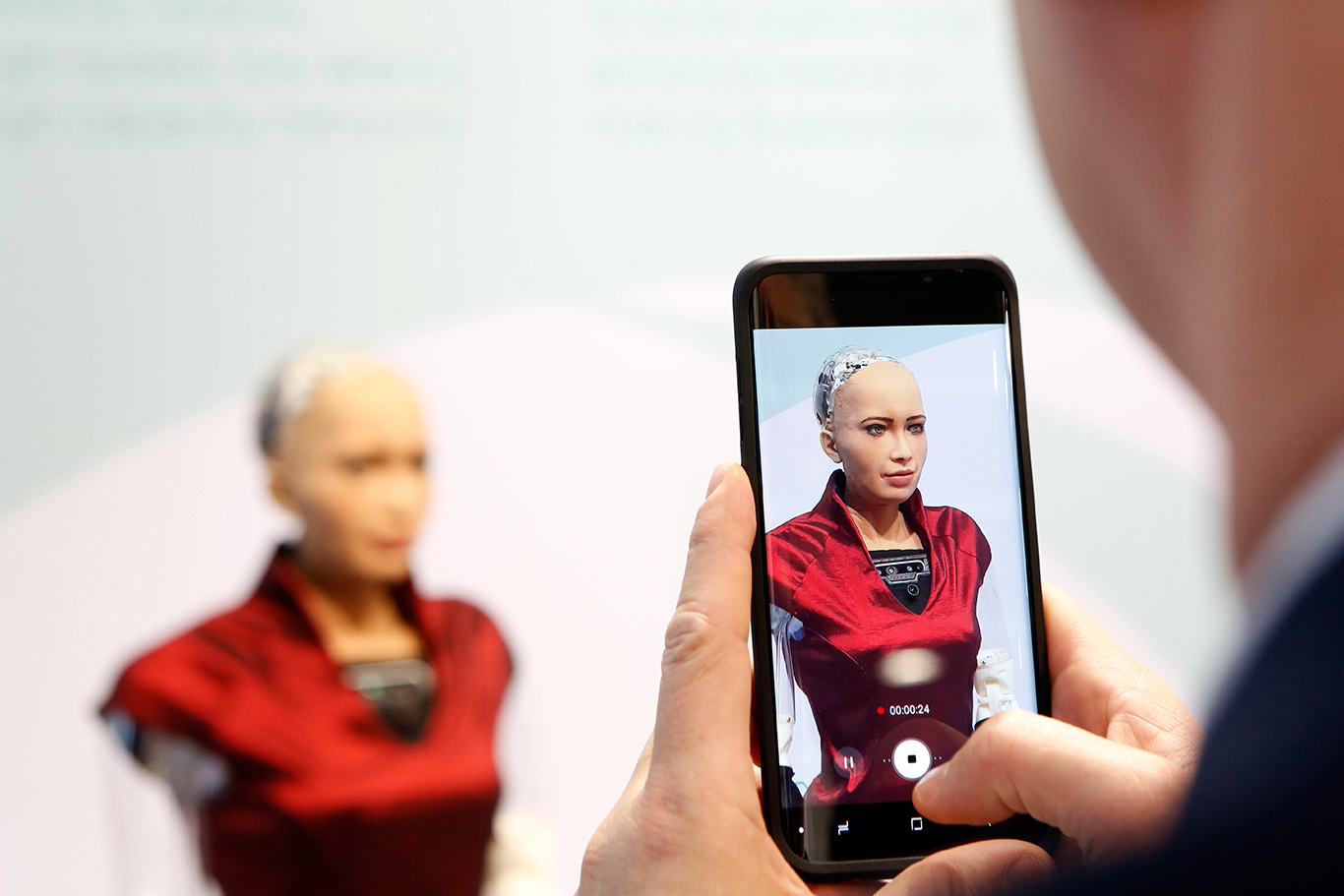It’s easy to assume technology must be immune to the biases inherent in being human. But like everything else it’s created by people – and sometimes those prejudices end up baked into the code it sits on. But change is happening – and it’s not just skinning the internet of things in a pink wrapper.
“People don’t generally understand why having a workforce that is not diverse makes a difference. But that difference is very apparent when it comes to the evolution of tech aimed at women.”
Zoe Kleinman is a BBC technology journalist – and she has a fair idea why traditionally technology companies are sometimes tone deaf when it comes to women – in fact anyone not white and male.
There’s a growing bank of internet of things (IoT) applications tackling women’s issues head on.
IoT can offer smart solutions to real-life concerns of women by blurring the boundaries between cyberspace and physical space.
In fact, the United Nations published a report in 2017 making the case that ‘’innovation, technology and entrepreneurship are engines for advancing gender equality and women’s empowerment’’.

Marija Butkovic, founder of Women of Wearables. Picture credit: Marija Butkovic
Healthier living
Health is one area where IoT is set to redefine how personal well-being is managed globally. This industry niche is lucrative, with the IoT in healthcare market estimated to grow to $322 billion in valuation by 2025.
A growing generation of FemTech companies are using IoT to address women’s personal wellness, looking at how age old issues can be addressed.
Marija Butkovic, founder of Women of Wearables – an organisation championing women in tech – suggests “with the continuous rise of feminism, we are talking more about these issues, one of them being women’s health.”
But if women’s issues have always existed, why are we only talking about them now?
“First, we had the awful “shrink it and pink it” gadget age, where male developers assumed that by making a smaller version of a device and colouring it pink, women would flock,” says Ms Kleinman.
“Then we saw things needed by women being routinely overlooked – the most famous example being the first Apple Health Kit, which tracked pretty much every bodily function apart from women’s periods.”
They both believe the tech industry often suffers from a gender-blind product design process where things are made without women’s input, or without considering them at all.
“First and second generation wearables were very generic or male focused. I think at that point women saw an opportunity,” says Ms Butkovic.
As a result of this cultural shift, doors are being opened for women to engage in honest dialogue regarding their personal health.
“Us women know our bodies the best, we experience these issues and problems,” she says.
“A lot of women realise that men won’t probably start those businesses and come up with those inventions – we have to be the ones who will do that.”
It’s a man’s, and a woman’s world
Tania Boler, CEO of FemTech company Elvie, has made it her mission to use technologies such as IoT to improve the lives of women.
“Women need, and want, better technology that fits around their busy lives and solves everyday challenges they have. Women make up half of the population, we can’t ignore them,” she told Untitled Kingdom.
Elvie has launched a smart breast pump for women in the hopes of challenging taboos surrounding public breastfeeding.
Fitted with sensors, the pump communicates with an app where users can monitor their personal data.
The sensors record milk volume and pumping history, and allow the user to control the settings of the device remotely via the app.
Whilst Elvie is one of the FemTech trailblazers in the industry, the journey to success is not easy. Not only does the tech industry need female founders, but it also needs female funders.

Invisible Women by Caroline Criado Perez. Picture credit: Caroline Criado Perez
Show me the money
Of the 100 top VC partners worldwide, only nine of them are women according to the New York Times and CBInsights 2018 list.
“In her book Invisible Women, Caroline Criado Perez describes a woman who pitched a breast pump to a male VC in 2013,” says Ms Kleinman.
“He refused to even touch it on the grounds that it was ‘disgusting’.”
“Now there are millions of women – new mums – for whom that sort of product can be life changing. But without knowing that, this sort of product doesn’t get through the door.”
Anne Reijns, director of Avegen – a digital platform that provides underprivileged Indian women access to affordable quality maternal healthcare – talks of a similar experience.
“Recently I was at an event in Germany which was showcasing a new medical device for women’s healthcare. I walked into the room and 90% of them were white, male and 50 plus,” she says.
“When I walked into the room, I knew in that moment that I would not be as effective in making my points as I could have been if the room had been more diverse.”

The Elvie pelvic floor trainer. Picture credit: Elvie
Women’s issues are our issues
Technology is providing a whole new language for women’s personal wellness.
The ability to track, communicate and analyse information is changing the way we think about personal wellness at large – and the products emerging in the market are capturing the attention of both consumers and national health organisations.
Another product launched by Elvie – which also uses IoT – has been noticed by the UK government’s National Health Service (NHS).
The Elvie Trainer helps women train their pelvic floor muscles, using IoT technology to track progress and ensure exercises are performed correctly.
A partnership between Elvie and the NHS allows women suffering from weak bladders to access and keep the device for free through publicly funded physiotherapists and urogynaecologists.
Introducing this product to female patients in the UK is expected to reduce surgery rates by 50%, saving up to £424 per patient.

Rickshaws in Dhaka, Bangladesh. Picture credit: Faysal Ahmed / Pixabay
My body, my right
It is not just the UK government which has recognised the potential of IoT.
In 2017, the Indian government financially supported the development of an IoT based initiative to improve women’s safety on public transport.
The Abhaya Passenger is one project currently being trialed in the southeastern state of India, Andhra Pradesh
Approximately 100,000 rickshaws will be installed with IoT devices connected with the Abhaya Passenger App which women download onto their phones. It’s hoped it will improve the safety of women using this mode of public transport.
The system involves a number of safety features, including panic buttons which can immediately alert assigned contacts in the user’s phone, as well as the nearest police station.
Not only will police be able to geographically locate the rickshaws in real-time, but they will also be able to cut off fuel supply to the vehicle.
Although this project is still in its early phase of implementation and trials, if successful, it has the potential to improve the lives of many women – and serve as a template for other applications of the technology to help different vulnerable groups.
However, the longer women are not involved in the conversations which shape future innovation, the more we limit the possibilities of the technology industry at large.
By 2025, it is projected that there will be 75.44 billion IoT enabled connected devices.
In an increasingly connected world, IoT offers promising potential to transform the way in which we manage society, and women’s issues is not a stone left unturned.























